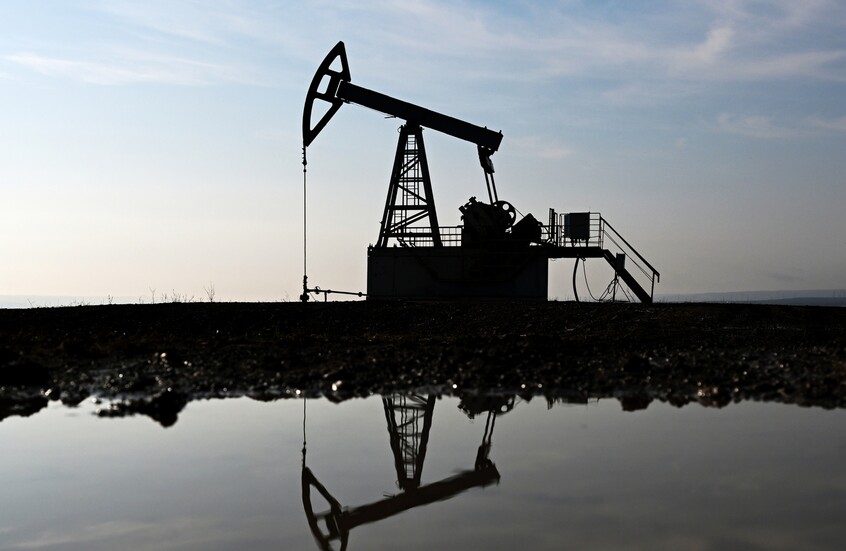Oil Falls on Geopolitical Concerns.. Await American Reactions in Conflict with Iran

Oil prices witnessed a decline during trading on Thursday, June 19, as investors hesitated to enter into new deals following contradictory statements by US President Donald Trump regarding the possibility of his country's involvement in the military escalation between Israel and Iran.
Brent crude futures recorded a slight decrease of 20 cents (0.27%), settling at $76.49 per barrel, after rising by 0.3% in the previous session which saw sharp fluctuations reaching 2.7%. Meanwhile, West Texas Intermediate (WTI) crude futures maintained stability at $75.10 per barrel, despite a 0.4% increase at Wednesday's close, following an earlier decline of about 2.4%.
In this regard, Tony Sycamore, market analyst at IG, commented in an analytical note, saying:"There is still a risk premium in oil prices, as traders await whether the next phase of the Iranian-Israeli conflict will be a US strike or peace talks".
He added that "a possible US strike could push prices up by five dollars, while the start of peace talks could lead to a similar decrease in prices", according to Reuters.
This comes at a time when Trump has raised ambiguity about the US position, as he _during a press conference on Wednesday_ refused to disclose whether Washington would participate in any potential missile strikes with Israel against Iran, while the conflict entered its seventh day on Thursday.
Analysts have warned that any direct US military intervention may widen the conflict, threatening the energy infrastructure in the region, especially since Iran is the third-largest producer in OPEC, exporting about 3.3 million barrels per day. Concerns are particularly escalating around the Strait of Hormuz, through which 19 million barrels per day of crude oil and petroleum products pass, amid fears of supply disruption in case of escalating confrontations.
On the other hand, the US Federal Reserve decided on Wednesday to keep interest rates unchanged, but indicated the possibility of two cuts by the end of 2024 to support the economy. This cut may stimulate demand for oil, but it may also increase inflationary pressures.